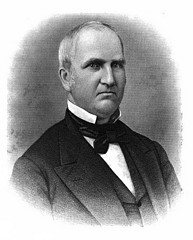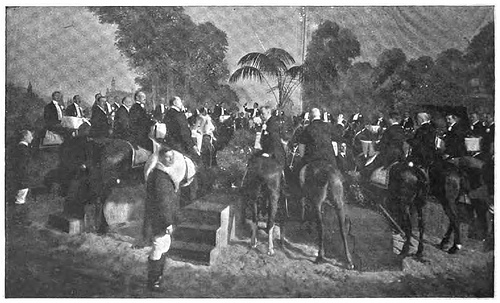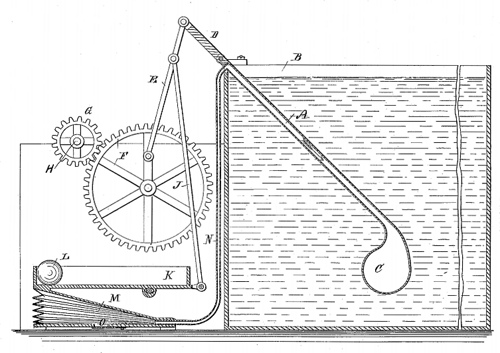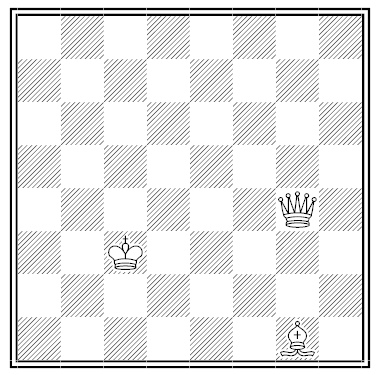In 1867, the finance department of the city of Madrid employed a man named Don Juan Nepomuceno de Burionagonatotorecagageazcoecha.
If he had moved to northern Bohemia and become “deputy-president of the Food-Rationing-Winding-Up-Commission,” his job title would have been Lebensmittelzuschlusseinstellungskomissionsvorsitzenderstellvertreter.
In a perfect world he would then moonlight as a Gesundheitswiederherstellungsmittelzusammenmischungsverhältniskundiger, Bismarck’s term for an apothecary.
In his library he would keep the Antipericatametanaparbeugedamphicribrationes Toordicantium, mentioned by Rabelais in Gargantua and Pantagruel, and Thomas Love Peacock’s Headlong Hall, in which the phrenologist Mr. Cranium describes anatomical structures as osseocarnisanguineoviscericartilaginonervomedullary and osteosarchaematosplanchnochondroneuromuelous.
And he would vacation in Bristol, whose spa waters were described by the English medical writer Edward Strother (1675-1737) as aequeosalinocalcalinoceraceoaluminosocupreovitriolic.
Or perhaps he should just stay in Madrid.




